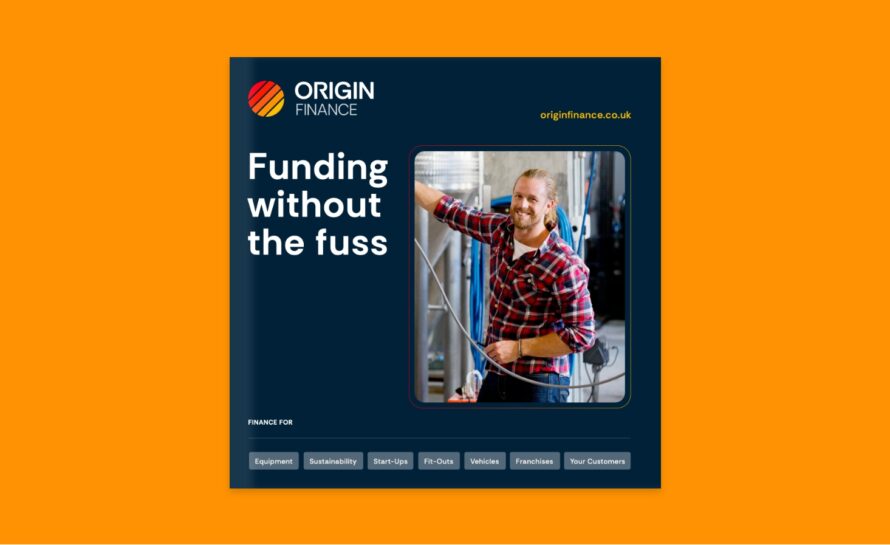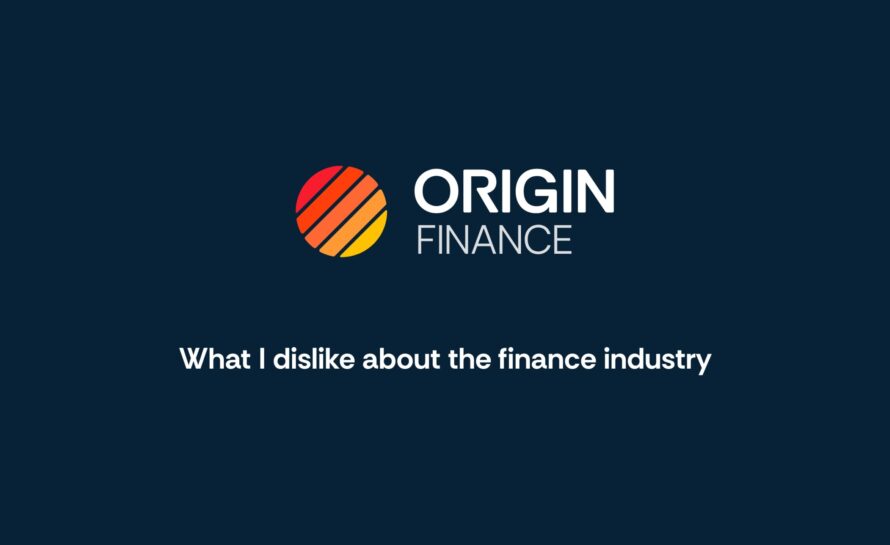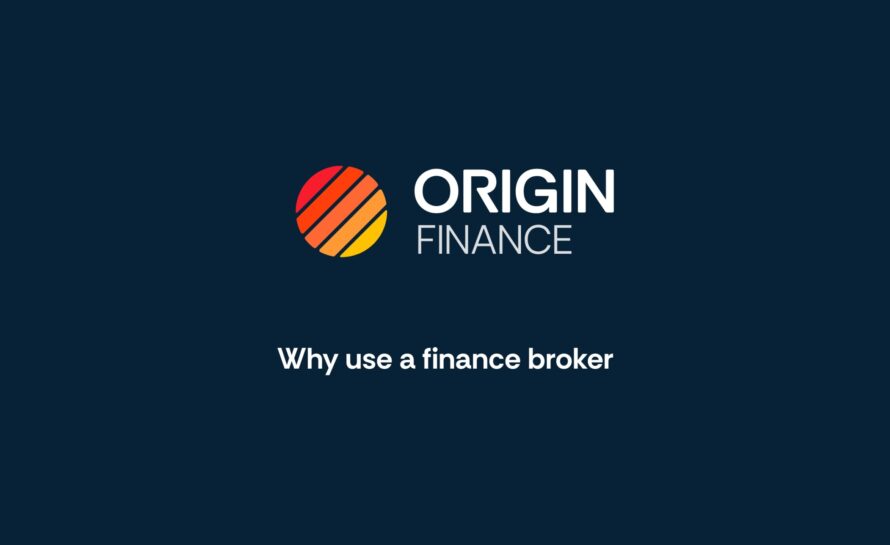
Navigating business finance can be a complex endeavour if you’re unfamiliar with many of the terms and phrases used.
Contents
To help get you up to speed with some of the key terminology you’ll come across when arranging business finance, here’s a simple glossary to break down all the facts and definitions.
Acceleration Clause
Acceleration clauses can request that money be repaid immediately and in full. This can occur when a borrower defaults on their arrangement. It is similar to a Due On Demand clause, where a lender can request full repayment without warning.
Amortisation
Amortisation is the process of reducing a balance by making scheduled payments.
APR (Annual Percentage Rate)
APR refers to how much interest you’ll accrue on an amount borrowed over a year. This is reflected as a percentage, which applies to your borrowed money.
Asset
Assets are resources you own, either as a sole trader or a company, that can be used as collateral or invested in as part of a portfolio. Assets can, for example, be property, physical cash, vehicles, or investments.
Asset Finance
Asset finance is a type of business borrowing that revolves around purchasing equipment or other tangible assets for your firm. It is similar to fit out finance, and in some cases, the asset you borrow towards can become collateral (meaning the lender can seize it if you break terms).
Assignment
When finance is transferred to another lender, broker, or other type of party, it’s assigned.
Balance Sheet
A balance sheet effectively breaks down your business’ financial picture and position. It typically includes any open liabilities, equity, and assets that are currently applicable.
Balloon Payment
A balloon payment is a final amount paid that ends a borrowing period. In some cases, balloon payments are larger than those paid throughout the repayment period.
Bankruptcy
Bankruptcy is a process through which business owners declare that they cannot pay their debts or reach arrangements with lenders and creditors. This can lead to closing down of businesses, reallocation of assets, and long-term credit score marking.
Base Rate
The base rate is a rate of interest lenders pay when borrowing money via the Bank of England. The BofE reviews this rate every six weeks, and the amount lenders pay will also affect how much you pay over a repayment period.
For example, in February 2025, the BofE set the base rate at 4.5%, taking into account current and future economic conditions.
Bill of Sale
A bill of sale is a legally binding document that shows when and how assets were purchased, and the total purchase price.
Bridging Finance
Bridging finance refers to short-term borrowing that helps you ‘bridge the gap’ before you receive a specific amount of expected capital or investment. Business owners often use bridging loans to secure properties while waiting on other finance applications to complete.
Capital Gains Tax
When filing tax returns with HM Revenue and Customs, you need to pay Capital Gains Tax if you sell any assets, bonds, or stocks, and make a profit from the sale(s).
Capitalised Interest
Capitalised interest gradually accrues on top of and is added to your principal balance.
Cash Accounting, or Cash Basis Accounting
Cash and cash basis accounting refer to the recording of income and outgoings at the time of money actually exchanging hands. Many business owners in the UK determine their tax figures on cash basis, i.e., when they actually receive money invoiced for.
Cash Flow
Put simply, cash flow refers to how and where money flows in and out of your business and helps to measure your liquidity.
Collateral
Collateral is also known as security – it’s frequently an asset that you might pledge when arranging a secured loan. For instance, you might need to offer your business premises or vehicle as collateral to secure finance.
Compound Interest
Compound interest is a complete calculation of interest due on your principal balance and any accrued interest. Compound interest can often lead to business owners paying more back over time, and occasionally extending payment arrangements.
Contingent Liability
Contingent liabilities are specific payments that can arise when a specific event or clause demands them.
Convertible Loan Notes (CLNs)
CLNs offer physical proof of business lending that you can later exchange for equity.
Credit Rating
Your credit rating, or score, is a grade based on your creditworthiness, i.e., your history in paying debt back in full and on time. Brokers and lenders use your credit rating to determine risk, and can decide how much you can borrow for how long.
In some cases, poor credit scores can result in lenders and brokers refusing to offer you money, which can appear as a mark on your credit report.
Creditor
A creditor is someone who gives or lends you credit – such as a bank or lender.
Debenture
Debentures are charges that can apply to collateral assets when you arrange secured financing.
Debt Consolidation
Debt consolidation is a process through which you merge multiple debts into a single payment. The process can help to make repayments easier, and in some cases, may prevent collection activity and reduce interest rates.
Debtor
A debtor is someone who owes money to a lender or creditor.
Default
A default is a failure to make agreed payments on schedule, resulting in termination of an agreement.
Depreciation
Asset depreciation refers to its gradual reduction in value over time – this can, for example, typically occur to vehicles.
Dividend
Company dividends are portions of your business earnings that you pay to shareholders. These can take the form of cash payments or further shares in your firm.
Drawdown
Drawdown can refer to the depreciation in value of an asset. Drawing down, meanwhile, refers to borrowing money on specific dates or occasions as agreed with lenders.
Encumbered Asset
An encumbered asset is one that is already being used towards financing collateral.
ERC (Early Repayment Charge)
An ERC can come into effect if a borrower pays back their total amount before the end of the repayment period. Effectively, it ensures lenders receive the interest they agreed upon.
Equity
An owner’s equity is the overall value of their business. It’s calculated by removing costs of liabilities from total asset values.
Equity Finance
Business owners can finance themselves by selling parts of their equity or selling shares, effectively reducing their total ownership. Many people choose this option to avoid repayment schedules and interest.
FCA (Financial Conduct Authority)
The FCA is an important UK regulator that’s responsible for ensuring consumers and borrowers’ rights are protected. The FCA also oversees market trading.
Fiscal Year
A fiscal year is an accounting period that runs for 12 months – but it doesn’t have to run from January to December. For example, many business owners report a fiscal year of April to March when filing tax returns.
Fit Out Finance
Fit out finance is an arrangement typically used to help fund tangible business assets such as equipment, fittings, furniture, and even flooring, building materials, and signage.
Fixed Interest Rate
Fixed interest rates remain the same for as long as your finance agreement stands. They help to keep borrowing predictable and easy to budget for.
Float
Similar to an initial public offering (IPO), a float is the first offering of shares to the public through a private firm.
Fully Drawn Advance
Fully drawn advances are borrowing options that are typically secured with the view to fix an interest rate in place.
Grace Period
Sometimes, lenders offer grace periods where borrowers can make missed payments without defaulting on their agreements or accruing fines.
Gross Income
Your gross income is how much your business has made before you deduct dividends, staff wages, taxes, and salaries.
Guarantor
Guarantors can take responsibility for borrowers’ debt if they fail to make payments as agreed, or if they can no longer adhere to a financial schedule.
Insolvent
An insolvent company or debtor is one that cannot afford to pay the debts when they’re due.
Invoice Finance
Invoice finance refers to borrowing where a business can convert unpaid invoices into available capital. This type of finance can include invoice factoring, where you receive a sum in return for passing debt collection to an expert on your behalf.
Liabilities
Business accounting liabilities are payments your firm must pay and settle in the future, and are accounted for on your balance sheet.
Lien
A lien is a claim to an asset that can be used as collateral. For example, a lender can exercise a lien to claim a property if a borrower defaults on debt.
Liquidation
Liquidation can refer to the immediate selling of company assets to make money, in particular in the event of a company winding down operations to pay back debts.
Loan-to-Value (LTV) Ratio
Your LTV is a ratio comparing the amount of money you borrow and the value of an asset you are financing, such as a business premises or vehicle.
Margin
Your margin is the price difference between how much you sell a product for and the profit you make.
Material Adverse Change (MAC)
A MAC is simply an event during a borrowing period where you become unable to repay the money you borrowed, when you agreed.
Maturity Date
Your maturity date is the last day you must repay what you borrow – covering both your principal balance and any interest you’ve accrued.
Mortgage
Mortgages are long-term borrowing arrangements that specifically split the cost of buying premises over several years.
Overheads
Your company’s overheads are fixed costs that need to be paid so you can continue to run your business – for example, paying for energy rates and property rent.
Peer to Peer Lending
Also known as P2P finance, this lending option allows you to borrow money from individuals instead of companies and banks.
Personal Guarantee
A personal guarantee is an arrangement where a company appointee agrees to take full or part personal responsibility for a specific debt. You don’t always need to take full responsibility – and therefore, at Origin, we offer capped guarantees to our customers.
Prepayment
Prepayments are contributions you make towards your debt before it’s due to be paid. However, you may still need to pay an early fee to account for interest due.
Principal
A principal sum is the agreed amount of money a lender or broker pays you in a single transaction.
Refinancing
Refinancing is the process of replacing a debt or loan with a new arrangement, usually in an effort to find a lower interest rate or more suitable terms and conditions.
Repossession
When an asset is repossessed by a bank or lender, it’s seized to pay towards a secured debt that has gone unpaid.
Retention of Title
In some financial agreements, you may be able to take physical possession of assets, but don’t become the official owner until the financial agreement is completed in full.
Reversion Rate
Your reversion rate is that which an agreement, such as a mortgage, may revert to at the end of a fixed-rate period.
Revolving Credit
A revolving line of credit allows you to borrow money when you need it, pre-approved, in much the same way as running a credit card or using an overdraft (where maximum limits apply).
Secured Finance
Secured finance refers to money that is backed by collateral, such as a physical asset, that a lender can seize if agreed payments are not adhered to.
Company shares are units of ownership, which grants holders certain rights to business earnings and assets. Shares are often paid in dividends.
Standard Variable Rate (SVR)
An SVR can apply at the end of a fixed-rate arrangement, whereby borrowers will need to pay a new rate of interest.
Subprime Mortgage
A subprime mortgage is a type of loan offered to people who have poor or negative credit. These mortgages are often payable at higher rates of interest than most, because lenders perceive risk of non-payment to be greater.
Taxable Income
Your company’s taxable income is the total amount on which HM Revenue and Customs can apply tax, after considering allowable expenses, deductions, and losses.
Term
A borrowing term is the period of time during which you borrow money, with the end point being when you pay it back.
Tranching
Tranching is the division of finance into manageable amounts, such as a loan with some money available to you right away, and further amounts available later on in an agreed period.
Underwriting
When lenders assess the risks involved with setting up finance with a new borrower, they underwrite their request by researching credit histories, current financial positions, market predictions, and potential hazards that could cause payments defaulting.
Unsecured Finance
With unsecured finance, you don’t need to offer an asset as collateral. However, you may often pay higher interest rates, simply because the lender has less of a safety net.
Valuation
A property valuation is carried out by an expert appointed by a lender to assess the true value and security required for the premises in question.
Variable-Rate Mortgage
A mortgage where the interest rate can change based on market conditions, typically tied to a central bank rate.
Variable Interest Rate (VIR)
A VIR changes with market values, ensuring that lenders continue to receive adequate reparation in line with economic change.
Volatility
Volatility refers to how much the price of an asset can change over time. Many investors use volatility to assess risks before buying and selling.
Working Capital
Working capital finance is short-term borrowing that helps businesses to keep running. For example, you might use this money to pay for staff salaries and benefits.







